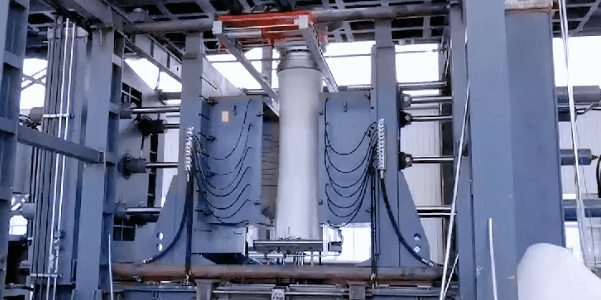Extrusion blow molding is a widely used manufacturing process for producing hollow plastic objects such as bottles, containers, and various other products. This process involves the formation of parisons, which are preforms shaped like a tube that is subsequently inflated to form the final product. While extrusion blow molding offers numerous advantages, one common issue encountered in this process is the tendency of the parisons to bend.
In this article, we will delve into the reasons behind the bending of extrusion blow molding parisons and explore potential solutions to mitigate this problem.
Reasons:
1. Material Distribution:
One primary reason for parison bending is insufficient material distribution during the extrusion process. Parison bending occurs when there is an uneven thickness in the molten plastic as it is being extruded. This uneven distribution can be influenced by factors such as improper die geometry or inconsistent extrusion speed. Unequal thickness leads to varying cooling rates, causing one side of the parison to cool faster than the other, resulting in bending.
2. Cooling Imbalances:
During the blow molding process, it is crucial to maintain a balanced cooling rate to ensure uniformity in the parison shape. However, cooling imbalances can occur due to factors like inadequate cooling air distribution or variations in the mold design. When one side cools faster than another, there is a variation in the rate of shrinkage, leading to bending.
3. Material Properties:
The material properties of the plastic used in extrusion blow molding also play a significant role in parison bending. Some plastics, such as polyethylene, exhibit a higher degree of shrinkage during the cooling process. If adequate measures are not taken to account for this shrinkage, the parisons may tend to bend as they cool and solidify.
4. Process Parameters:
Controlling and optimizing the process parameters is crucial to prevent parison bending. Factors such as extrusion temperature, extrusion speed, blow pressure, and cooling settings must be carefully monitored and adjusted to ensure uniform distribution and cooling of the parison. Deviating from recommended process parameters can result in bending, warping, or other shape defects.

Mitigation Strategies:
1. Die Design and Geometry:
Ensuring a symmetrical die design and proper geometry can aid in achieving consistent material distribution. A well-designed die ensures uniform flow and thickness of the molten plastic.
2. Cooling System Optimization:
Proper cooling system design and setup, including the correct placement and alignment of cooling air nozzles, can help maintain a balanced cooling rate throughout the parison. This reduces the chances of cooling imbalances and subsequent bending.
3. Material Selection:
Choosing the right type of plastic material suited for the specific application can help minimize shrinkage and cooling-related issues. Understanding the material’s behavior and properties enables adjustments in the process to accommodate for any inherent tendencies to bend.
4. Process Control and Monitoring:
Implementing advanced process control systems and real-time monitoring techniques can help identify and rectify any deviations from the desired parameters. Continuous monitoring allows for quick adjustments to ensure consistent parison quality.
Extrusion blow molding parisons are susceptible to bending due to various factors involving material distribution, cooling imbalances, material properties, and process parameters. By addressing these factors and implementing suitable mitigation strategies, manufacturers can significantly reduce the occurrence of parison bending, leading to improved overall product quality and process efficiency.
An enhanced understanding of these issues ensures better optimization of the extrusion blow molding process, resulting in higher yields, reduced waste, and increased customer satisfaction.
